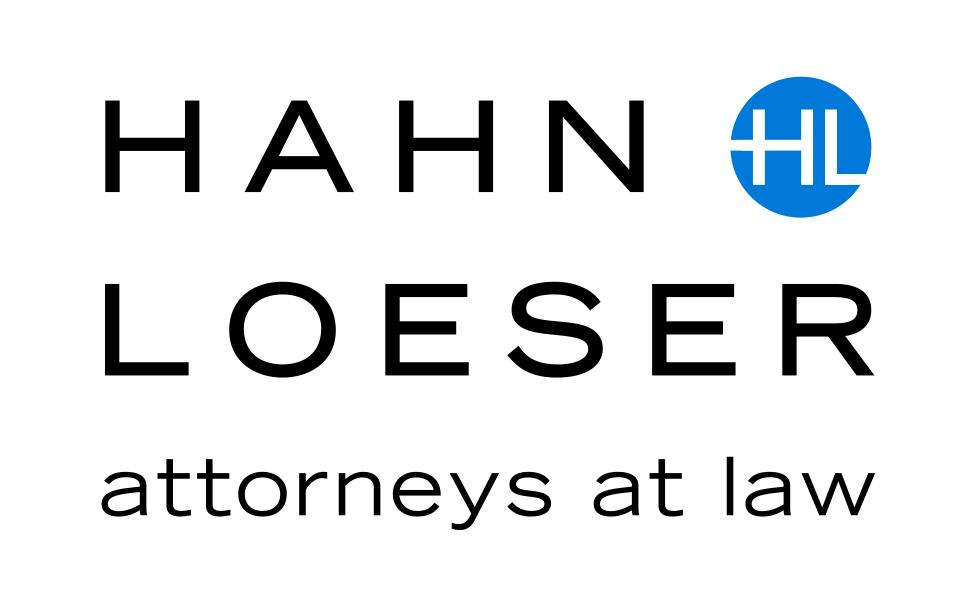Hahn Loeser is involved in a construction fatality where the Cleveland OSHA office’s compliance officer wanted to use a drone to fly over the site to photograph and videotape the site and the equipment involved in the fatality. OSHA agreed to share the drone footage with the employers involved in the OSHA investigation. This request came as part of OSHA’s new inspection procedure.
On May 11, 2018, OSHA’s Director of Enforcement Programs issued a memorandum to all of the OSHA Regional Administrators addressing the use of Unmanned Aircraft Systems (DRONES) as a method for OSHA to collect evidence during inspections.
Currently, the OSHA compliance memorandum requires OSHA to obtain express consent from the employer prior to using any drone on an OSHA inspection. However, we predict OSHA will seek an expanded use of drones for inspections and compliance in the future.
OSHA’s recent Drone Inspection Memorandum states that OSHA may use drones for compliance assistance and inspections and that OSHA is exploring obtaining a blanket certificate of operation from the FAA to use drones nationwide.
What Are The Legal Implications For Employers?
First, a property owner has a reasonable expectation of privacy for its property and the immediate airspace pursuant to the 4th Amendment. As such, many states are enacting drone statutes precluding law enforcement from utilizing drone photos/videos taken without first obtaining a warrant to use the drones. For example, Florida’s Drone Search and Seizure Statute (Fla Statute 934.550) reads in pertinent part:
(3) PROHIBITED USE OF DRONES
(a) A law enforcement agency may not use a drone to gather evidence or other information.
(b) A person, a state agency, or a political subdivision as defined in s. 11.45 may not use a drone equipped with an imaging device to record an image of privately owned real property or of the owner, tenant, occupant, invitee, or licensee of such property with the intent to conduct surveillance on the individual or property captured in the image in violation of such person’s reasonable expectation of privacy without his or her written consent. For purposes of this section, a person is presumed to have a reasonable expectation of privacy on his or her privately owned real property if he or she is not observable by persons located at ground level in a place where they have a legal right to be, regardless of whether he or she is observable from the air with the use of a drone.
(4) EXCEPTIONS – This section does not prohibit the use of a drone:
(a) To counter a high risk of a terrorist attack by a specific individual or organization if the United States Secretary of Homeland Security determines that credible intelligence indicates that there is such a risk.
(b) If the law enforcement agency first obtains a search warrant signed by a judge authorizing the use of a drone.
(c) If the law enforcement agency possesses reasonable suspicion that, under particular circumstances, swift action is needed to prevent imminent danger to life or serious damage to property, to forestall the imminent escape of a suspect or the destruction of evidence, or to achieve purposes including, but not limited to, facilitating the search for a missing person.
How these statutes would affect a Federal Agency such as OSHA is currently unknown.
Second, just as planes and helicopters fly over property, if the FAA grants OSHA the right to use drones nationwide in a particular airspace, OSHA could argue that an employer or property owner would not have a reasonable expectation of privacy in the airspace immediately above a worksite. The question would become how low the drones are allowed to fly.
Third, such drone use by OSHA might contravene certain inspection safeguards contained in the 4th Amendment and contained in existing OSHA regulations. See, 29 CFR Part 1903.
In Marshall v. Barrows, Inc., 436 US 307 (1978), the U.S. Supreme Court held that warrantless worksite inspections by OSHA violate the 4th Amendment rights of the employer.
However, the Court in Barrow and numerous Occupational Safety & Health Review Commission decisions hold that OSHA can site employers for workplace hazards observable by the public and on worksites open to the public, as the employer would have no reasonable expectation of privacy. Secretary v. Bast Hartfield, Inc., 18 OSH (as (BNA) 1848 (1999)); Secretary v. Drum Construction Co., Inc., 18 OSH (BNA) 1927 (1999).
For observations not in plain view, OSHA inspections are governed by 29 CFR 1903.3 and 29 CFR 1903.4.
29 CFR 1903.3 Authority for Inspection:
(a) Compliance Safety and Health Officers of the Department of Labor are authorized to enter without delay and at reasonable times any factory, plant, establishment, construction site, or other area, workplace or environment where work is performed by an employee of an employer; to inspect and investigate during regular working hours and at other reasonable times, and within reasonable limits and in a reasonable manner, any such place of employment, and all pertinent conditions, structures, machines, apparatus, devices, equipment and materials therein; to question privately any employer, owner, operator, agent or employee; and to review records required by the Act and regulations published in this chapter, and other records which are directly related to the purpose of the inspection.
29 CFR 1903.4 Objection to Inspection:
(a) Upon a refusal to permit the Compliance Safety and Health Officer, in exercise of his official duties, to enter without delay and at reasonable times any place of employment or any place therein, to inspect, to review records, or to question any employer, owner, operator, agent or employee, in accordance with Section 1903.3 or to permit a representative of employees to accompany the Compliance Safety and Health Officer during the physical inspection of an workplace in accordance with Section 1903.8, the Safety and Health Officer shall terminate the inspection or confine the inspection to other areas, conditions, structures, machines, apparatus, devices, equipment, materials, records, or interviews concerning which no objection is raised. The Compliance Safety and Health Officer shall endeavor to ascertain the reason for such refusal and shall immediately report the refusal and the reason therefor to the Area Director. The Area Director shall consult with the Regional Solicitor, who shall take appropriate action, including compulsory process, if necessary.
Drone use could also run afoul of other OSHA inspection regulations and Federal Statutes. The Uniform Trade Secrets Act, 18 USC Section 1905, 29 CFR 1903.9 and OSHA’s Field Operations Manual preclude OSHA from taking videos/photos of an employer’s trade secret and proprietary processes without coordination with the employer and without procedural safeguards put in place.
Another consideration is sound recording of employees, foremen, superintendents. Will OSHA be using drones to sound record? Employees are entitled to have a management representative and/or legal counsel present when OSHA interviews anyone with supervisory authority. Typically, if the employer is a union company, OSHA allows a union rep to be present for rank and file employee interviews.
Bottom line:
For now, OSHA’s use of drones is limited to specific instances and requires the employer’s express consent. OSHA’s use of drones in the future may change and create legal/regulatory issues that bear monitoring.

